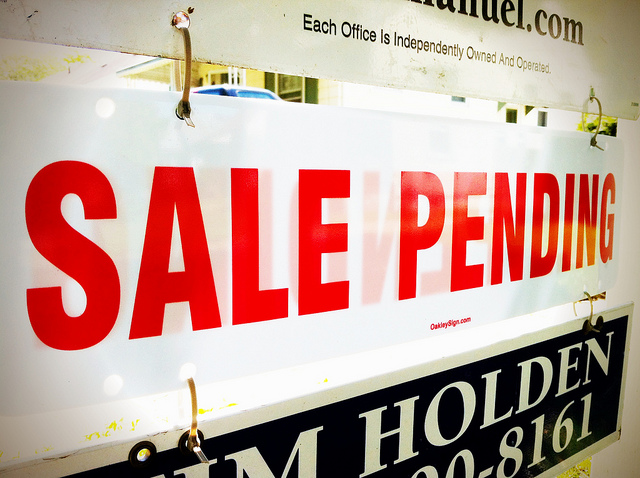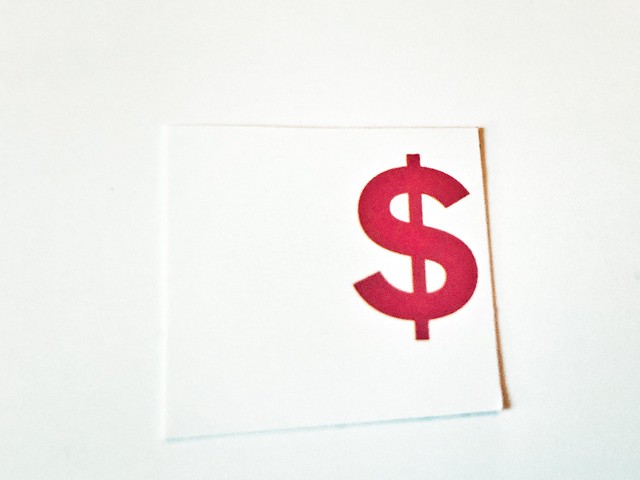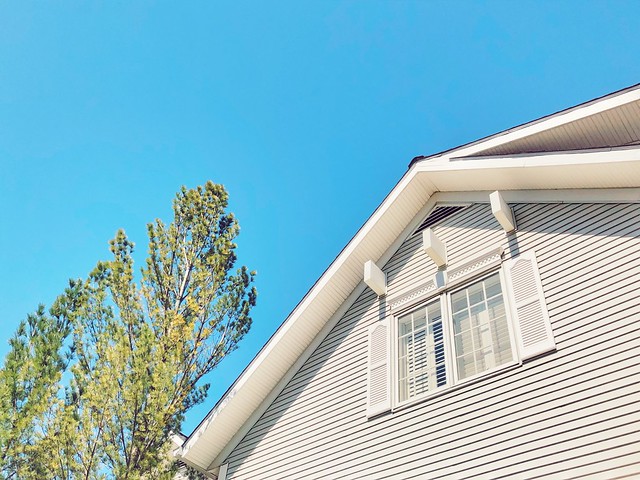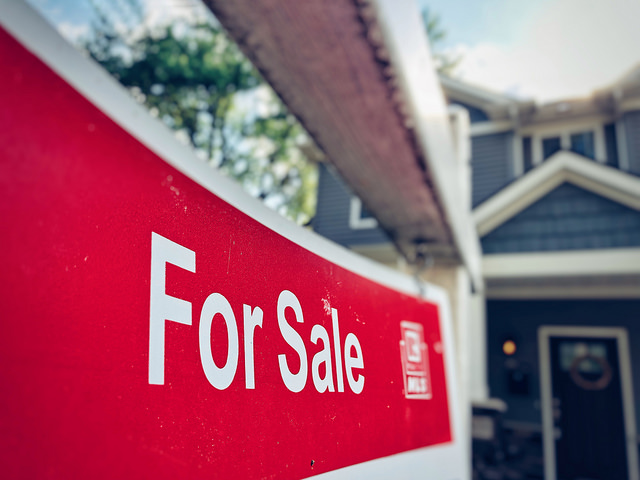There are two ways of looking at today’s housing market. On the one hand, buying conditions have gotten more challenging, as prices and mortgage rates have risen. On the other hand, the market looks like it’s starting to cool off, after an overheated year where the number of interested buyers far outpaced the supply of homes for sale. The National Association of Realtors most recent Pending Home Sales Index is evidence of this. The index shows the number of contracts to buy homes fell 1.2 percent in March, the fifth consecutive month of declining activity. Lawrence Yun, NAR’s chief economist, says declining buyer activity may help reduce competition and bidding wars, which would be welcome news for spring home shoppers. “The falling contract signings are implying that multiple offers will soon dissipate and be replaced by much calmer and normalized market conditions,†Yun said. A calmer market would also help slow the rate of price increases, which could offset some of the effects of rising mortgage rates.













